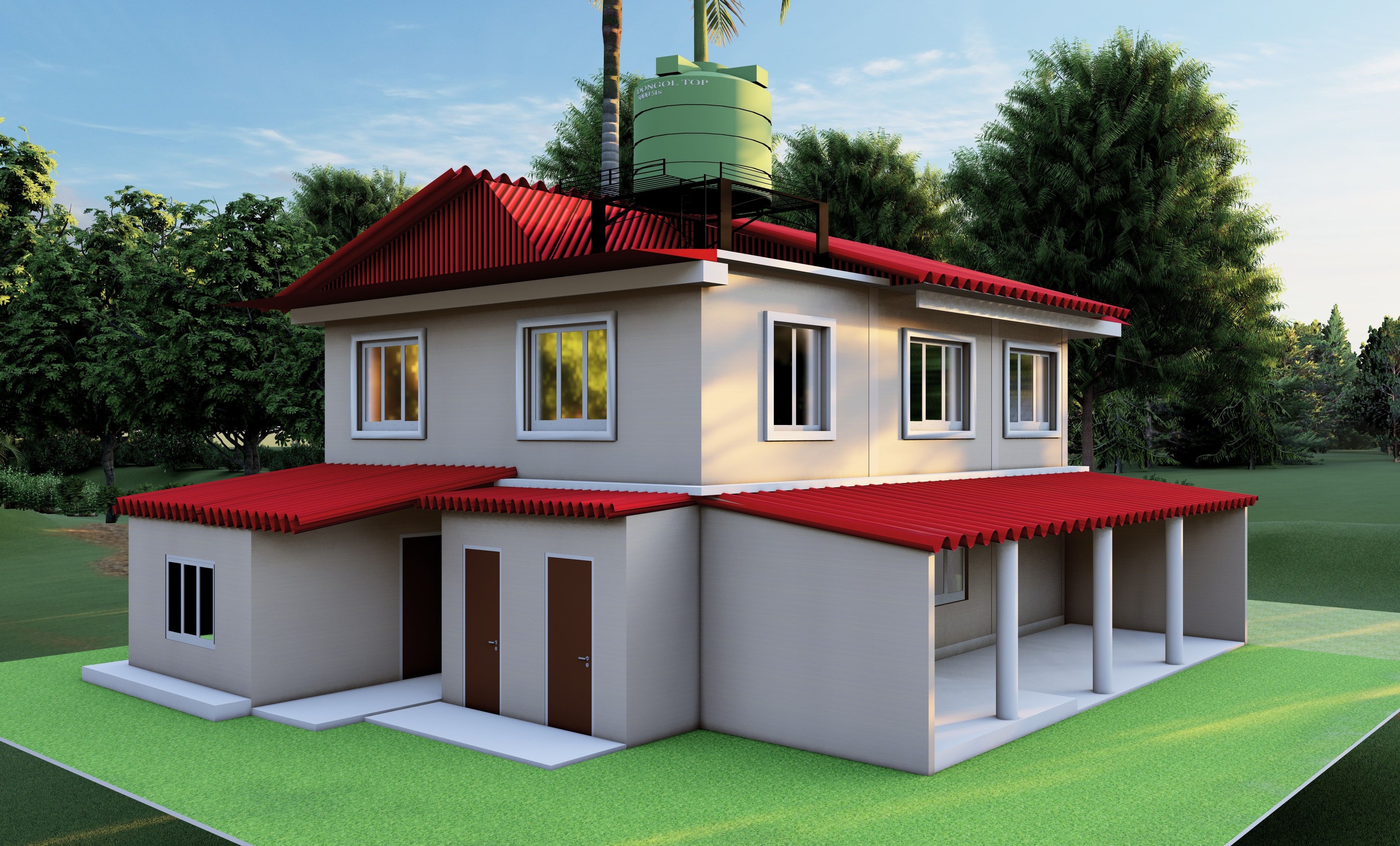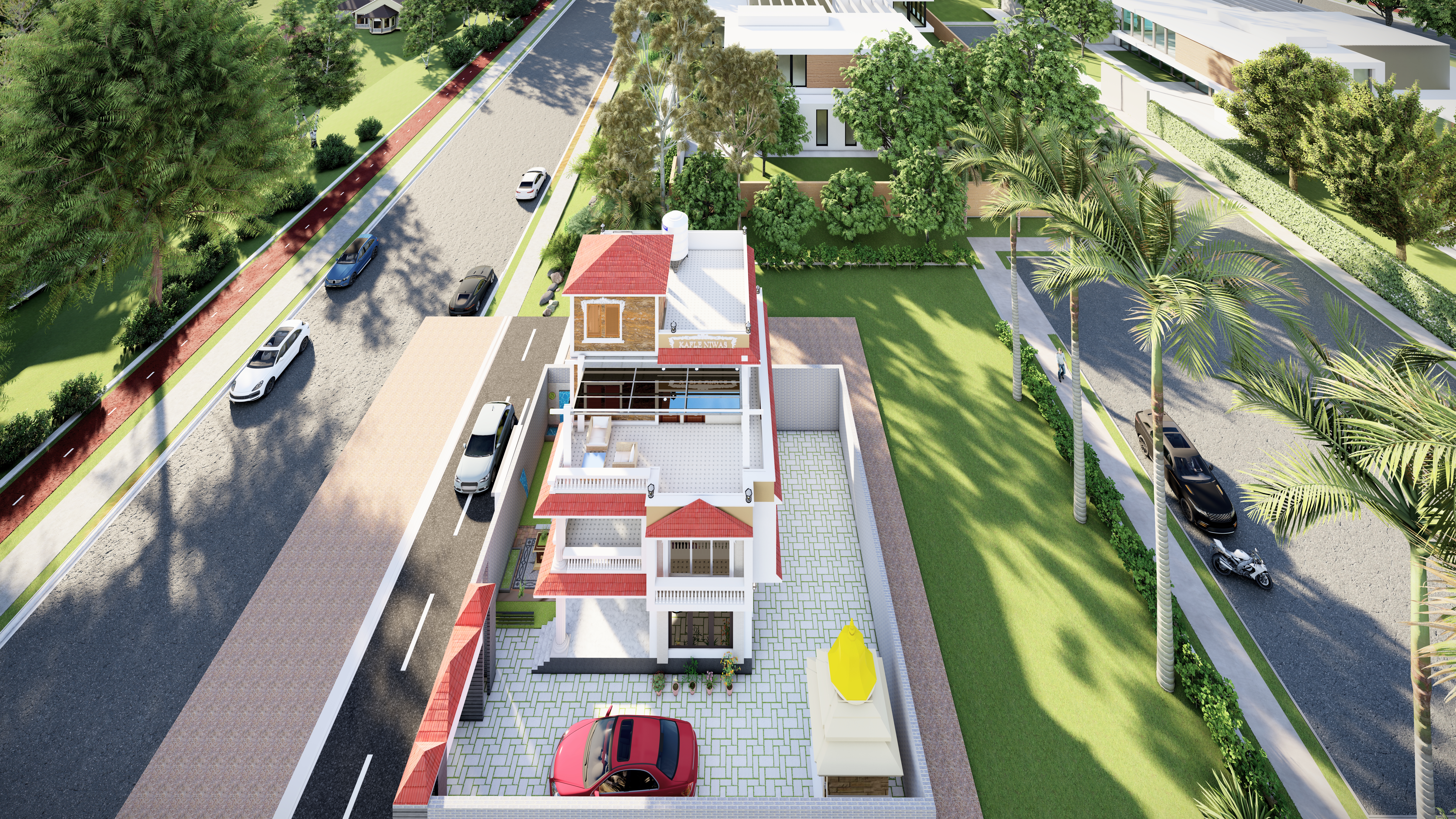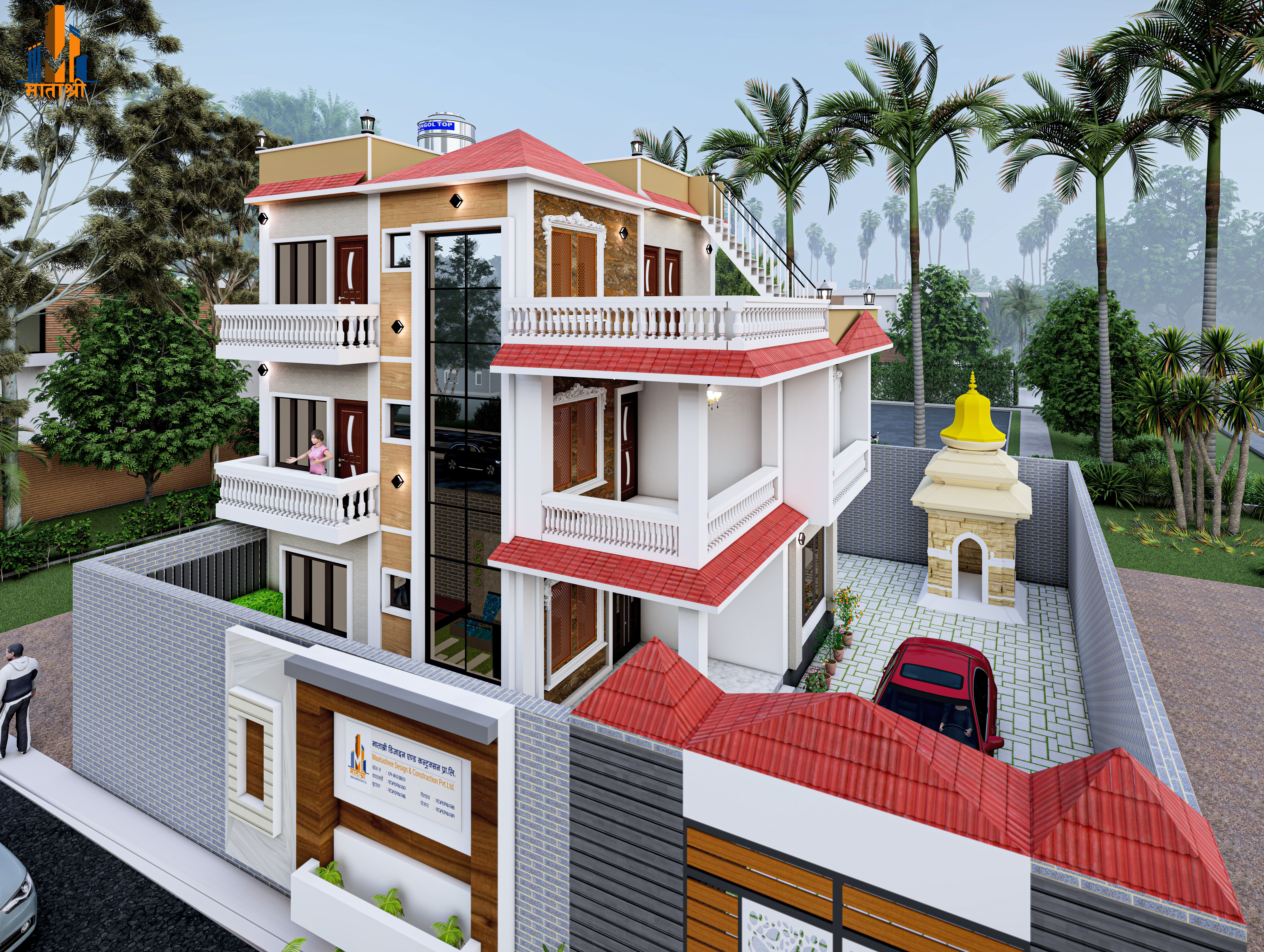
Who Needs to Know the Difference Between BOQ and Sq.ft Models?
Anyone building a house in Nepal — whether it’s a first-time homeowner, a returnee from abroad, or a local investor — must understand the difference between BOQ and square-foot pricing. This is especially critical for those who: Want a fixed budget with no surprises Are comparing multiple builder offers Want full control over quality and materials Want to avoid being cheated by verbal estimates
What is BOQ and What is Sq.ft Model?
BOQ (Bill of Quantity) is a professional document prepared by engineers that lists: Each construction activity (e.g., foundation, slab, plaster) Quantity of materials required (cement, sand, steel, etc.) Labor, rate, and total cost item by item Sq.ft Model is a common method where builders offer a single price per square foot — like Rs. 2,500/sq.ft — that seems simple but often hides details like: Material quality Structure depth Finishing type Extra charges for plumbing/electrical
When Does BOQ Save You More Money Than Sq.ft?
BOQ saves you the most money when you want control and transparency. With a BOQ, you: Only pay for what is needed Know exactly where the cost is going Avoid builder markup on materials Can cut or upgrade work based on your real budget Prevent surprise bills halfway through the project In contrast, Sq.ft rates are often designed to look cheap upfront but inflate during construction, especially for foundation, slab, or customization.
Where is Sq.ft Model Commonly Misused in Nepal?
The Sq.ft model is widely used in: Urban areas with high competition (e.g., Kathmandu, Pokhara, Butwal) Among local contractors with no engineering supervision In social media ads promoting “Rs. 2,200–2,500/sq.ft cheap houses” But in many cases, these homes either: Lack proper foundation size Use cheaper materials Cut down supervision and curing Delay or demand more money later This leads to poor-quality homes and long-term repair costs.
Why is BOQ a Safer and Smarter Choice?
Because BOQ is: Transparent — Everything is written before work starts Customizable — You can increase or decrease items as needed Engineer-Approved — The structure is based on actual loads Cost-Controllable — You decide your material budget Avoids Conflict — No confusion between client and contractor It ensures budget clarity and structural safety — something Sq.ft models often lack.
How is BOQ-Based Construction Done in Nepal?
The BOQ process typically includes: Site visit & measurement by engineer Preparation of 2D plan & 3D layout Structural design based on soil and load Detailed BOQ document with quantity, rate, and work sequence Client material planning (with or without builder help) Daily tracking of labor & cost as per BOQ Supervision till handover
A BOQ model gives both the builder and the client a clear working roadmap. It eliminates guesswork and ensures you don’t get charged more than what’s agreed upon.
Latest News & Insights

September 22, 2025
Construction Timeline in Nepal – How Long Does It Really Take?
Who Needs to Understand the Construction Timeline in Nepal? Anyone planning to build a house — whether it’s a...
September 19, 2025








